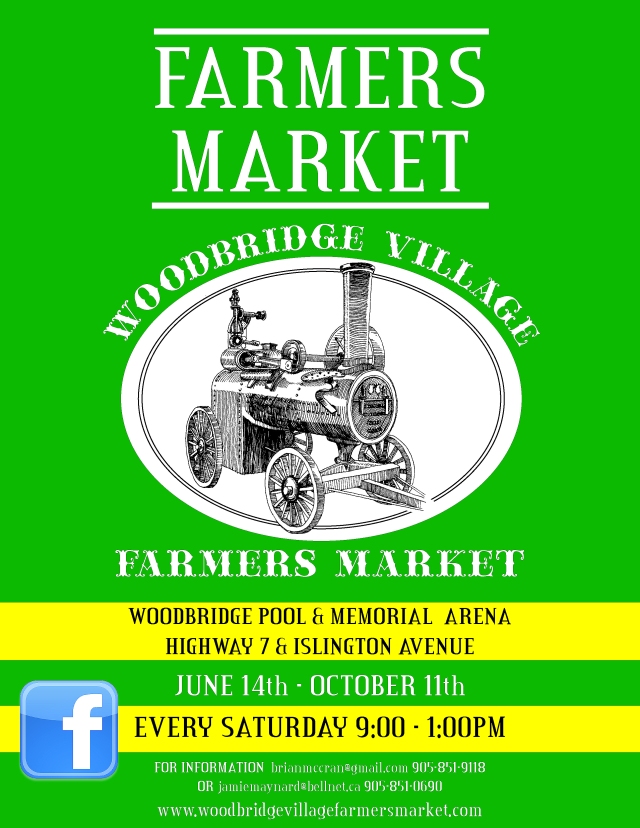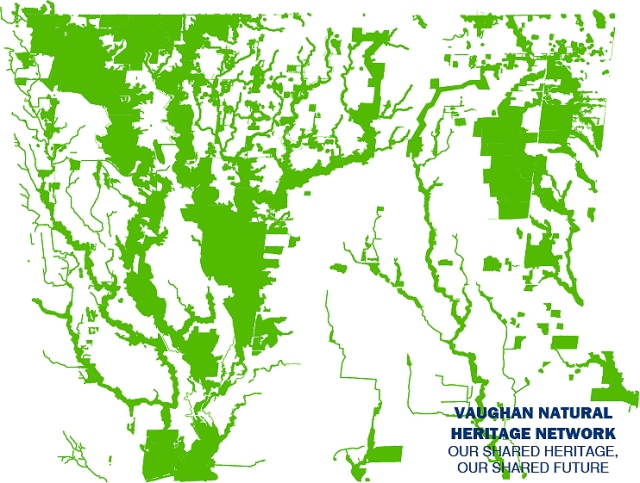By: Noor Javed News reporter, Published on Fri Jan 02 2015 The Toronto Star
The province is in the midst of planning a new highway that will carry drivers across the GTA from Vaughan to Milton — in the hopes the infrastructure will help ease traffic congestion on roads across the region.
But drivers hoping for a scenic route will likely be disappointed.
The proposed four-to-six-lane GTA West highway, which is still in the early planning phase, has environmentalists deeply concerned as it will cut through protected Greenbelt lands in Vaughan, pave prime farmland in Caledon, and encroach on sensitive watersheds all along the route.
“We see this as a lose-lose proposal,” said Susan Lloyd Swail, the Greenbelt Program Manager with Environmental Defence. “There will be a loss to the Greenbelt, a loss of farmland, waterways and forests,” said Swail.
“But it is also a loss to the people of the GTA. Instead of investing in transit infrastructure, we are encouraging more people to get onto the roads.”
Swail, who is also part of the Ontario Greenbelt Alliance, estimates the proposed highway will pave over 2,000 acres of prime farmland in the Greenbelt.
The Greenbelt legislation was established in 2005, to protect 1.8-million acres of environmentally sensitive and agricultural land in the Golden Horseshoe from urban development and sprawl. The legislation, which is up for review this year, does however allow the province to build and expand infrastructure — such as the highway — as long as it serves growth and economic development in Southern Ontario.
Swail believes that is a slippery slope. “If we say this land is valuable needs to be protected (from) urban development, but then we know that highways are part of urban development and a precursor to sprawl, why are we doing this?” she asks.
“It boggles the mind and is not consistent with the ideas around the Greenbelt plan,” she said.
The proposed highway will start at Highway 400 in Vaughan and travel north through Caledon, down through Brampton to the junction of the 401/407 in Milton. The Ministry of Transportation is currently undertaking environmental assessments on a number of route options.
According to the province, GTA West will carry 300,000 cars and trucks per day by 2031. Without a change, the average commute times are expected to increase by 27 minutes a day by 2031.
But the problem is, there is no guarantee a new highway will actually get things moving, says Sony Rai, a member of the local environmental coalition Sustainable Vaughan.
“This highway won’t solve traffic congestion, it’s just rewarding sprawl,” said Rai, who notes that the majority of the highway will cut through the northern part of the GTA where infrastructure, including homes and transit infrastructure, has yet to be built.
In 2012, the Ministry of Transportation completed a study called the GTA West Transportation Development Strategy, to see how to improve the transportation network across the region. Building a new highway was one of those suggestions.
But it hasn’t been easy for the province to sell the idea of highways to GTA communities. In 2011, residents of Burlington and Halton Region put pressure on the province to kibosh plans to build a highway between Fort Erie and the GTA that would have run directly through the Niagara Escarpment.
This time around, the province is keeping the channels of communication open with the public. In December, the MTO held numerous public information meetings to keep residents informed about the project and the proposed routes. There are also advisory groups, and informational websites for those with questions.
The ministry says they are also cognizant the highway will have effect on the environment.
“The project team is examining numerous environmental considerations in order to assess route alternatives,” said Astrid Poei, a spokeswoman for the MTO. In 2013, the MTO published guidelines looking at the challenges of building the highway in the Greenbelt, and how to minimize impact on the environment.
But that means little to Rai.
“In Vaughan, all of the routes of the highway cut through the largest part of the Greenbelt that is intact,” said Rai. “Residents of Vaughan will directly feel and see the impact of the highway.”
Ministry officials hope to come up with a preferred route by the end of the year. A preliminary design of the highway will be presented to the public in early 2017. The ministry’s goal is to complete the entire environmental assessment process by 2018.
While it will be years before construction will even start on the highway, Rai believes that the province’s decision to build the highway is already outdated.
“We are creating cities based on a very old model which is you have sprawl and so you provide a highway,” he said. “But the conversation has changed across municipalities. Everyone realizes that sprawl and car dependency decrease people’s quality of life,” he said.
“It would be smarter for the province to think about how they have been developing the GTA, and flip that around and think of the transit infrastructure first.”


